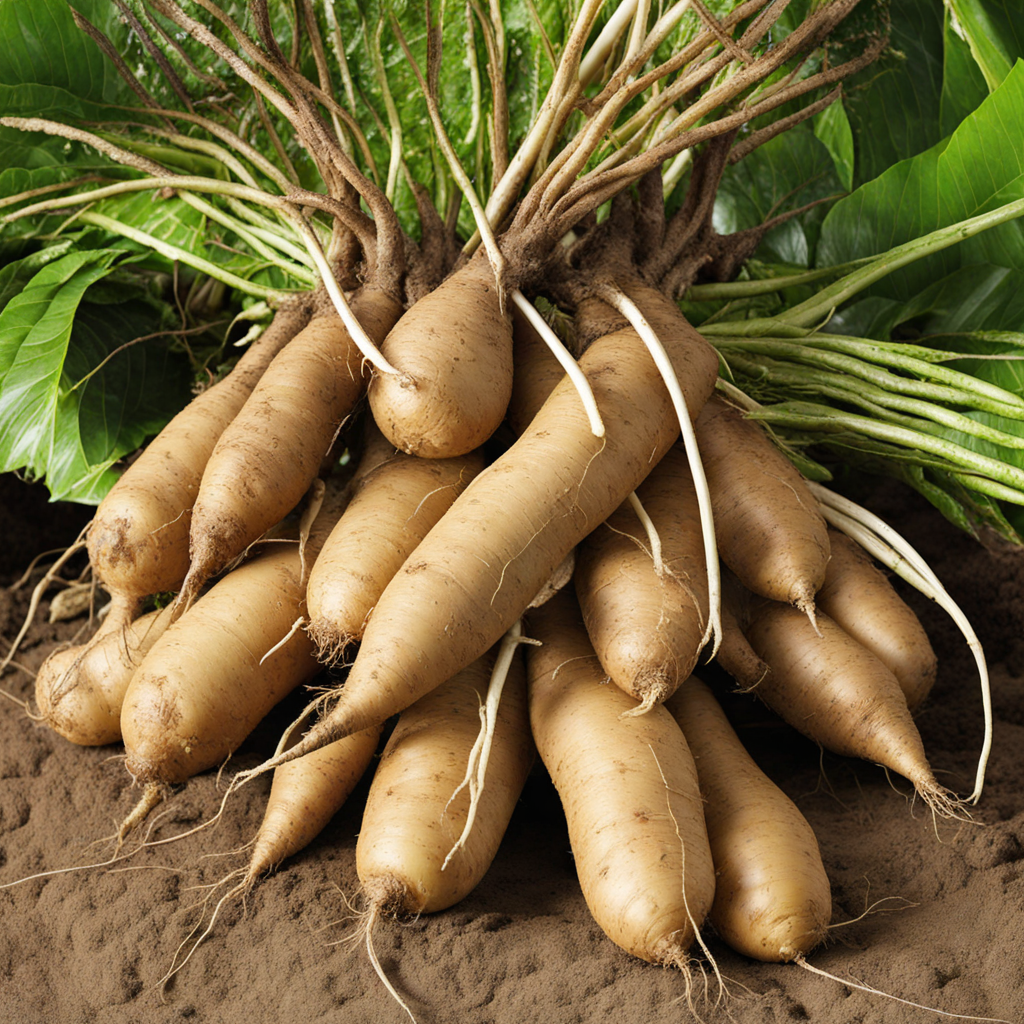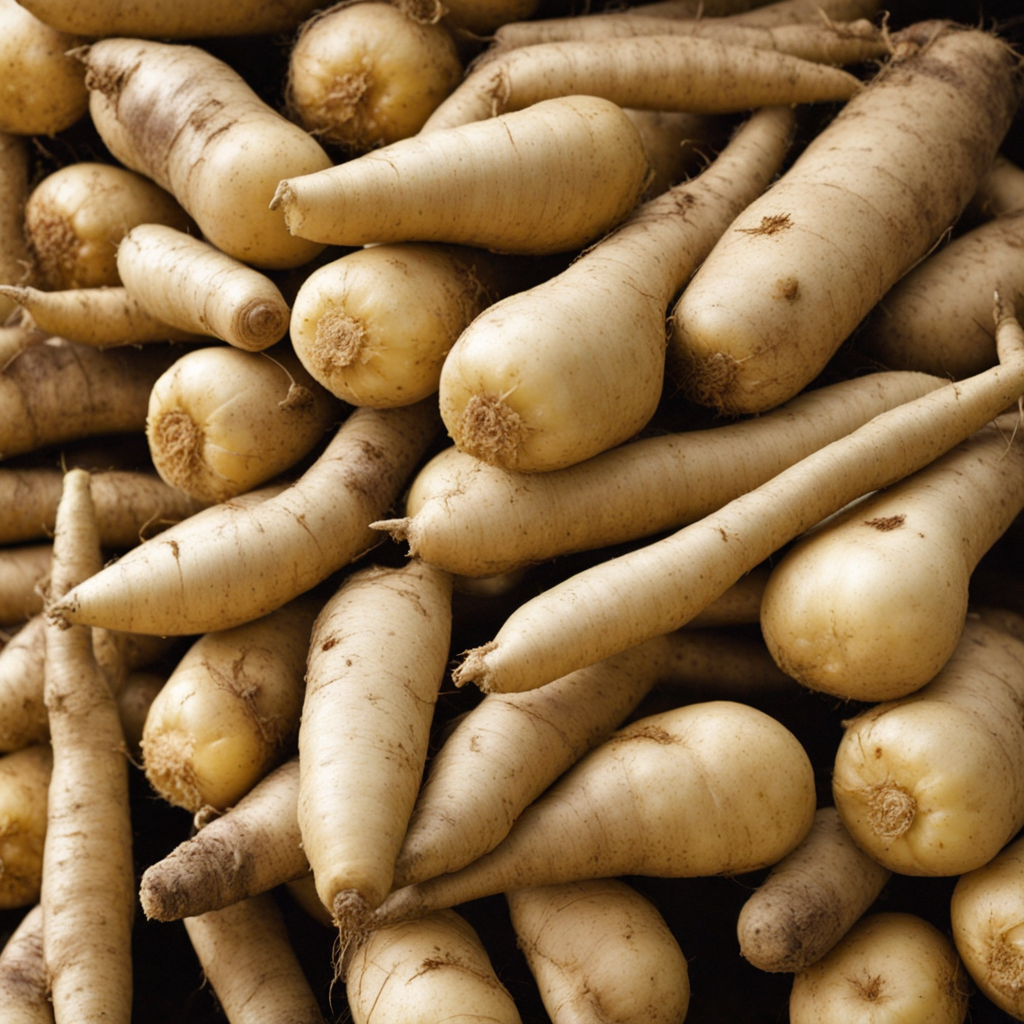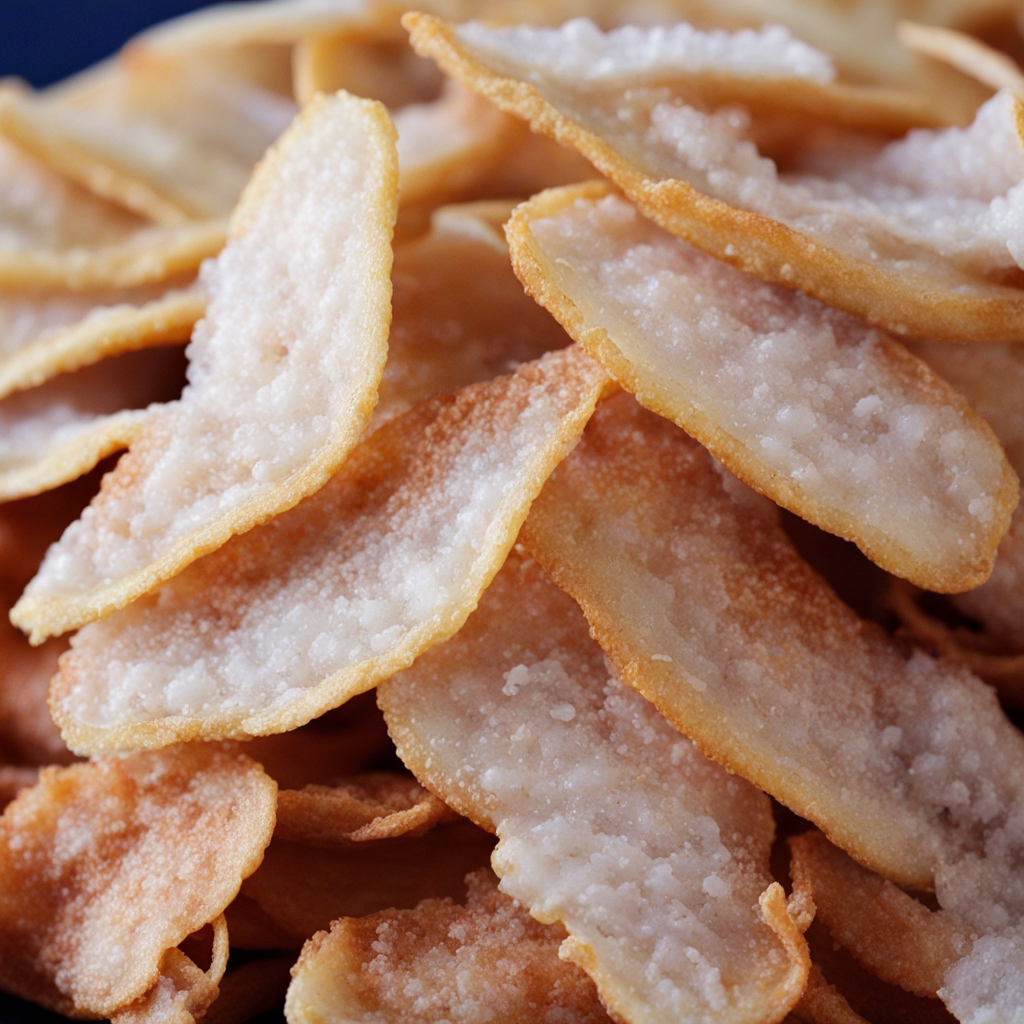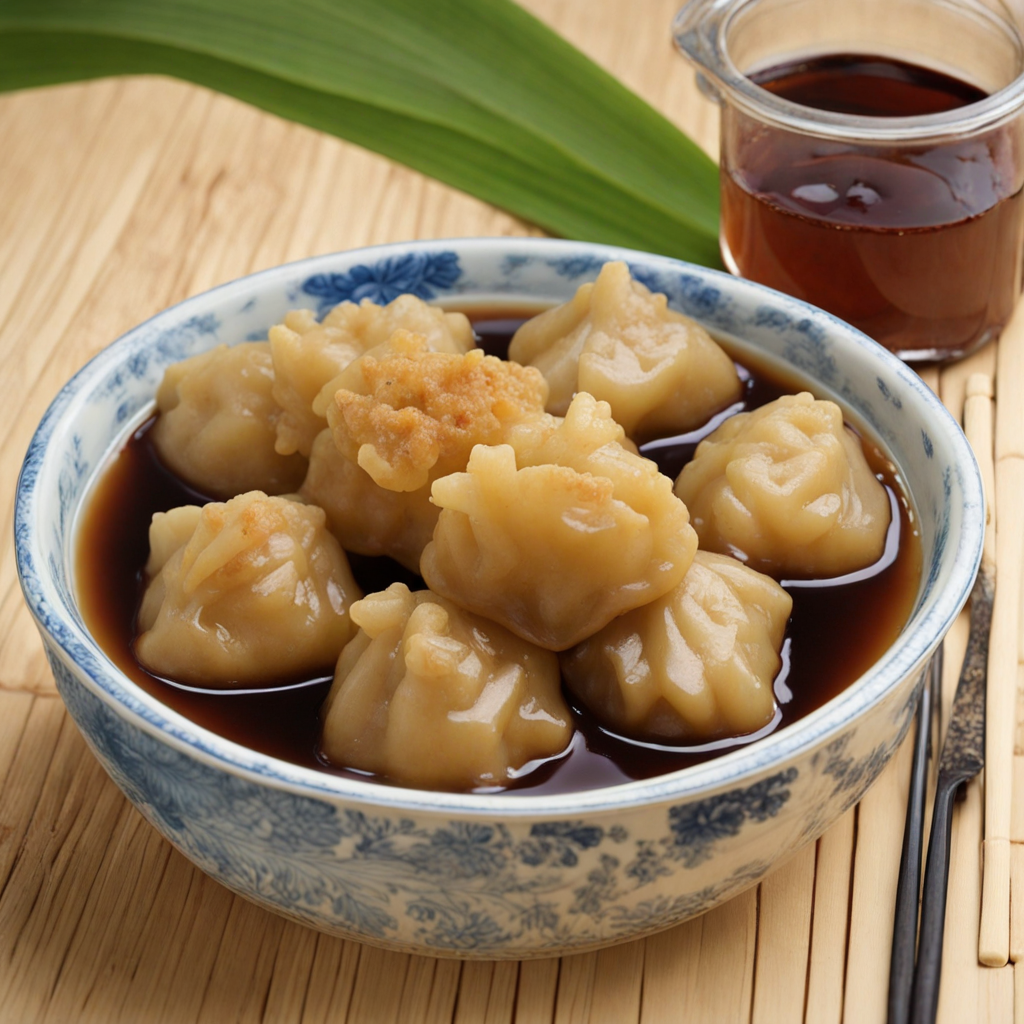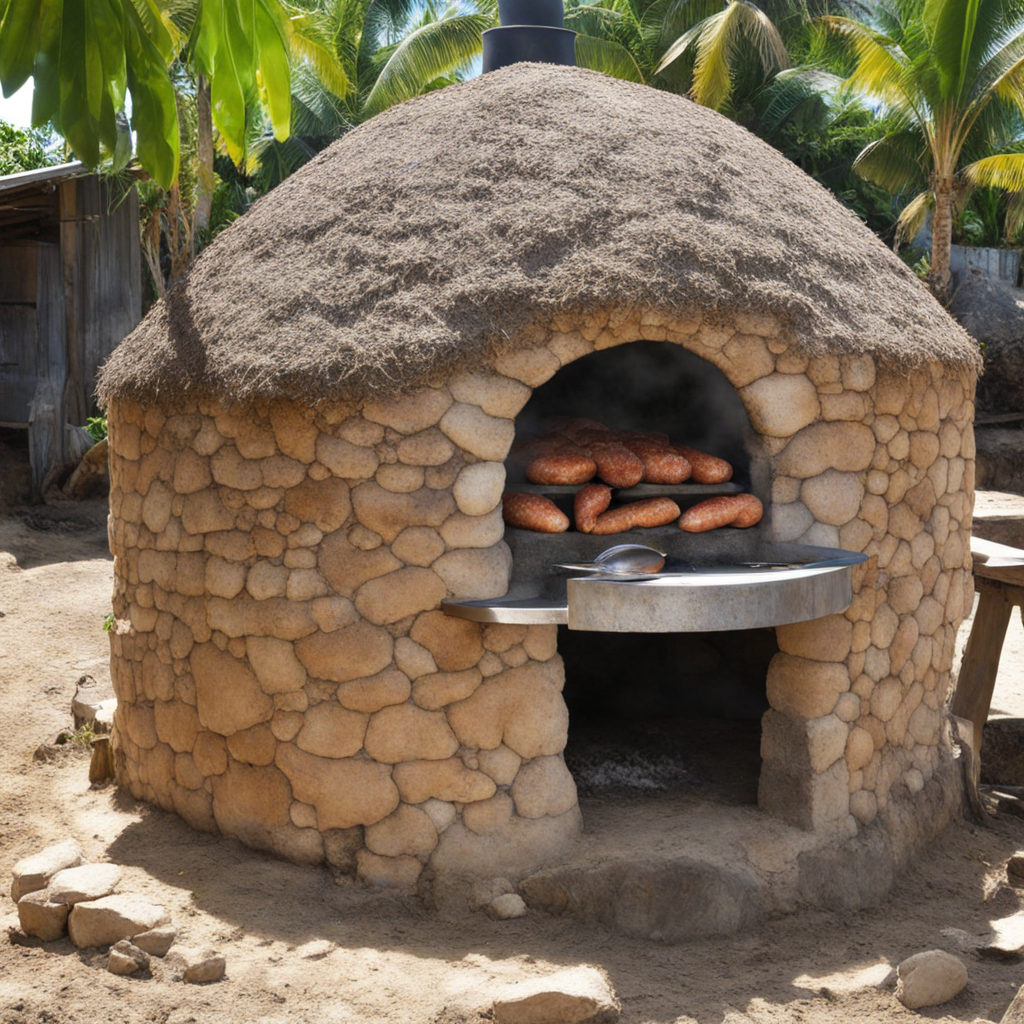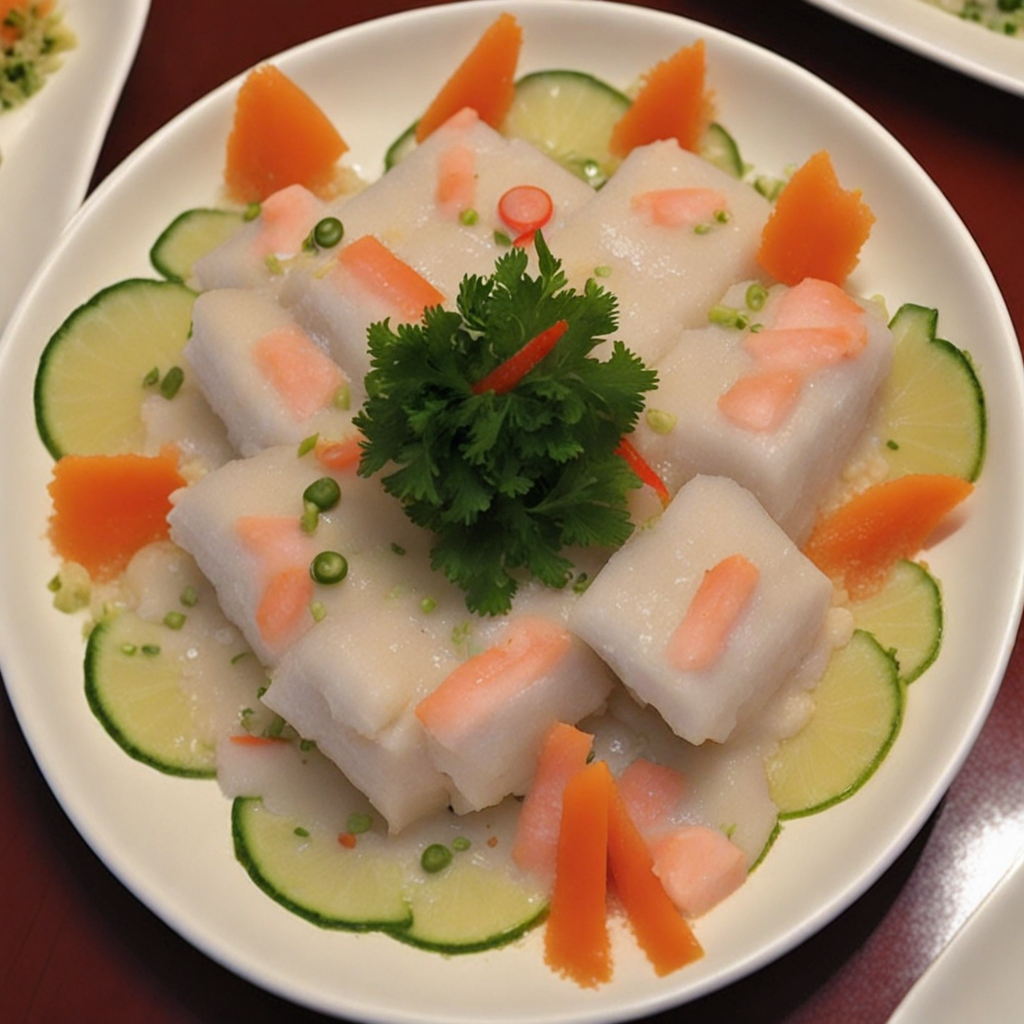Manioke
Manioke, also known as cassava, is a starchy root vegetable that holds a special place in Tongan cuisine. This versatile tuber has a slightly nutty flavor and a dense, chewy texture that makes it a delightful addition to various dishes. It is often boiled or steamed before being mashed or pounded, creating a creamy base that can be enjoyed on its own or incorporated into other recipes. The natural sweetness of manioke shines through, providing a comforting and hearty element to meals that is both filling and satisfying. In Tonga, manioke is commonly used to create traditional dishes, often served alongside fish, meat, or vegetables. It can be transformed into a sweet dessert as well, such as manioke pudding, where it is grated and combined with coconut milk and sugar, resulting in a rich and indulgent treat. The adaptability of manioke allows it to absorb flavors beautifully, making it a perfect canvas for spices and seasonings that reflect the vibrant Tongan culture. Exploring manioke opens up a world of culinary possibilities, as it can be prepared in numerous ways—from crispy fried manioke chips to hearty stews. Its nutritional benefits, including being high in carbohydrates and gluten-free, make it a popular choice for those seeking wholesome ingredients. For anyone looking to discover new tastes, manioke offers a unique experience that encapsulates the essence of Tongan flavors while providing a comforting taste of home.
How It Became This Dish
The History of Manioke in Tonga Origin and Botany Manioke, known as cassava or yuca in other parts of the world, holds significant importance in Tongan cuisine and culture. Scientifically identified as Manihot esculenta, this tuberous root originated in South America, where it was cultivated by indigenous people for thousands of years. Its adaptability to various climates and soils allowed it to spread across the tropics, leading to its introduction in regions such as Africa, Southeast Asia, and the Pacific Islands, including Tonga. The journey of manioke to the islands of Tonga is believed to have occurred through trade and migration. Polynesians, skilled navigators and voyagers, likely brought the plant with them as they traveled across the vast Pacific Ocean, valuing it for its nutritional benefits and storability. By the time European explorers arrived in the 18th century, manioke had already become a staple in the Tongan diet. Cultural Significance In Tonga, manioke is more than just a food source; it is deeply embedded in the island's culture and social fabric. The root serves as a symbol of resilience and sustenance, reflecting the adaptability of the Tongan people themselves. Traditionally, manioke is consumed in a variety of forms. It can be boiled, baked, or grated to create a flour used in various dishes. One popular preparation is 'manioke kapisi' — a dish where the grated root is mixed with coconut milk and baked in an underground oven, known locally as an 'umu'. Manioke also plays a role in traditional Tongan celebrations and rituals. It is often featured in feasts during significant events such as weddings, birthdays, and funerals. The preparation and sharing of manioke-based dishes reinforce community bonds, as these meals are typically enjoyed communally. Furthermore, manioke is often associated with hospitality in Tongan culture; offering manioke to guests is seen as a sign of respect and welcome. Development Over Time The cultivation of manioke in Tonga has evolved significantly over the years. Initially planted in small family gardens, the demand for manioke increased as the population grew and external influences changed dietary preferences. In the 20th century, the introduction of new agricultural practices and tools facilitated large-scale cultivation. As the Tongan economy began to diversify, manioke remained a vital food source, particularly during times of economic hardship. The agricultural development of manioke in Tonga was also influenced by global events. During World War II, for instance, food security became paramount, leading to a renewed emphasis on growing staple crops, including manioke. With the disruption of traditional supply chains, communities turned to locally grown crops to sustain themselves. This period marked a significant resurgence in the cultivation and appreciation of manioke. As globalization progressed, manioke underwent further transformations. The rise of tourism in the late 20th century introduced new culinary trends and adaptations. Traditional dishes were modified to cater to the tastes of international visitors, yet many chefs sought to maintain the essence of Tongan cuisine by showcasing manioke in innovative ways. Dishes such as manioke chips or manioke salads began to appear on menus, blending traditional flavors with contemporary culinary techniques. Nutritional Value and Modern Perspectives In addition to its cultural significance, manioke is highly valued for its nutritional properties. It is rich in carbohydrates, providing a substantial energy source for the Tongan population. Its low protein content is often complemented by the addition of fish, meat, or other vegetables in traditional meals. In recent years, the nutritional profile of manioke has garnered attention from health advocates, with emphasis on its potential as a gluten-free alternative for individuals with dietary restrictions. Furthermore, the rise of sustainability and local food movements has led to a renewed interest in traditional crops like manioke. As Tonga faces challenges related to climate change and food security, manioke is seen as a resilient crop that can thrive in adverse conditions. The Tongan government and various NGOs have initiated programs to promote the cultivation of manioke, encouraging farmers to diversify their crops while preserving traditional agricultural practices. Conclusion The history of manioke in Tonga is a rich tapestry woven from the threads of migration, cultural resilience, and adaptation. From its origins in South America to its establishment as a staple in Tongan diets, manioke has transcended time and geography to become a vital component of the islands' culinary identity. It represents not only sustenance but also a connection to the land and the community. As Tonga continues to navigate the challenges of modernity while honoring its traditions, manioke stands as a testament to the enduring legacy of its people. The tuber embodies the spirit of Tonga — a celebration of resilience, adaptability, and the importance of sharing food as a means of forging connections. In this way, manioke is not simply a food; it is a cultural artifact, a symbol of identity, and a bridge between the past and the future of Tongan society.
You may like
Discover local flavors from Tonga


